| Structure | Name/CAS No. | Articles |
|---|---|---|
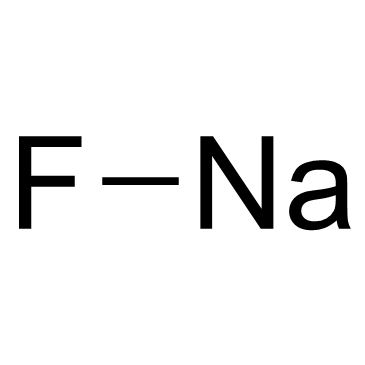 |
Sodium Fluoride
CAS:7681-49-4 |
|
 |
Fluo-3
CAS:123632-39-3 |
|
 |
sodium dodecyl sulfate
CAS:151-21-3 |
|
 |
Benzamide
CAS:55-21-0 |
|
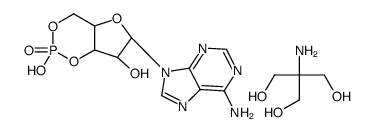 |
ADENOSINE 3':5'-CYCLIC MONOPHOSPHATE TRIS SALT
CAS:102029-77-6 |
|
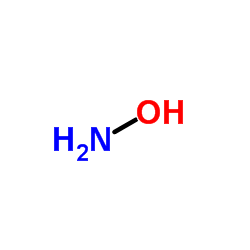 |
Hydroxylamine
CAS:7803-49-8 |
|
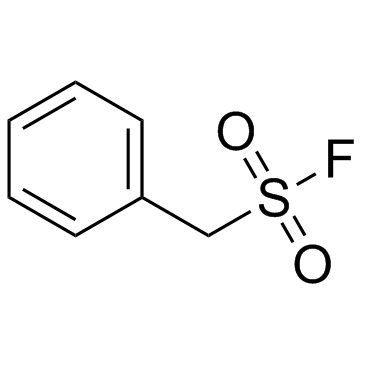 |
PMSF
CAS:329-98-6 |
|
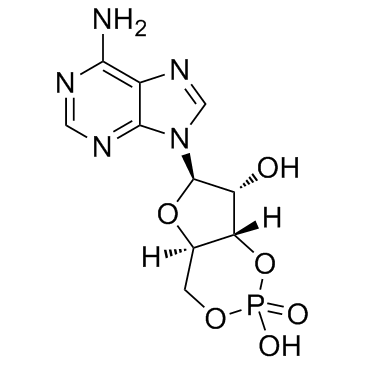 |
Adenosine cyclophosphate
CAS:60-92-4 |